- Home
- Multimedia
- Photo Gallery
- China's 'Belt & Road' Initiative: 23 things you want to know
China's 'Belt & Road' Initiative: 23 things you want to know
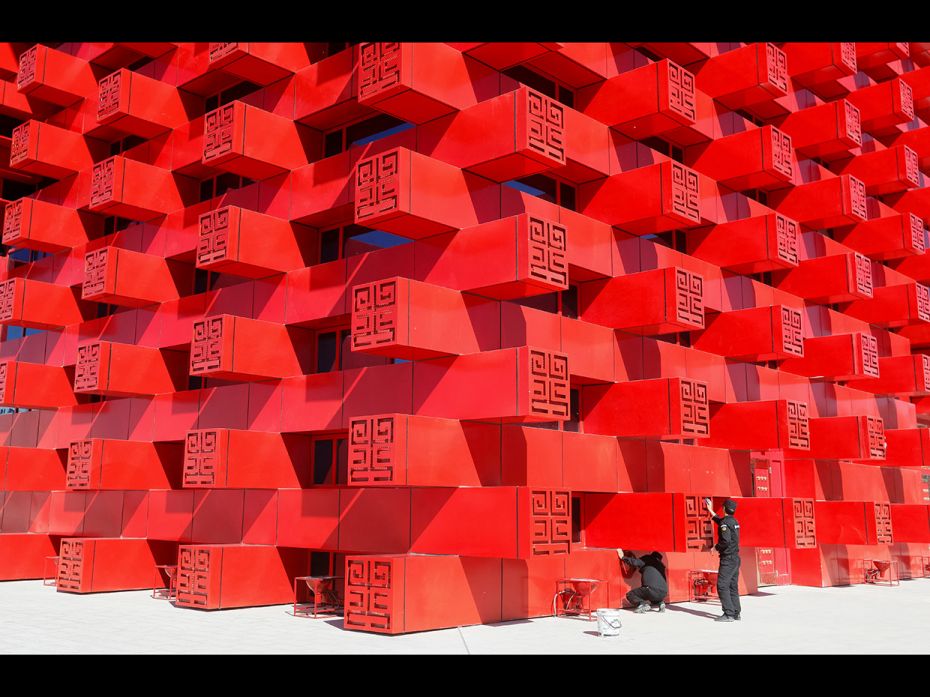
Image by : Shamil Zhumatov/ Reuters
With a road and rail network (in parts) connecting 65 countries (at last count) including China-across Asia, the Middle East, Europe, and Africa-the Belt and Road Initiative, when completed, would connect 63 percent of the world's population.
President Xi envisions the new project to be the modern equivalent of the ancient Silk Road-the land and ocean routes for silk trade-in a bid to look global for trade as China's growth slows.
Sources for content: PRC Govt, Oborwatch, BBC, China Daily, The Diplomat, Intl Railway Journal, South China Morning Post, Kaneshko Sangar, Kathmandu Post, The Times of India, The Wire, Cambridge Journal of Eurasian Studies, Wikipedia.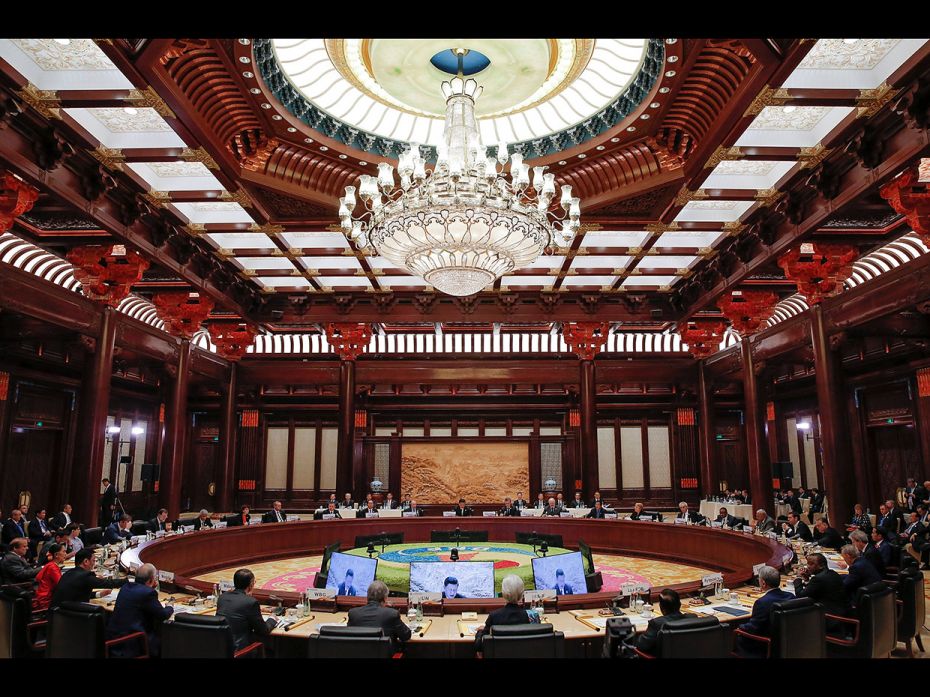
Image by : Lintao Zhang/ Pool / Reuters
With the project estimated to be a $5-trillion investment, the Belt and Silk Road could be deemed as the most ambitious infrastructural development plan in history.
The Chinese recently signed a Memorandum of Understanding (MoU) on the Belt and Road cooperation with a slew of participating governments. However, so far, it hasn’t put out a comprehensive list of all BRI-related projects or deals in the public forum.
In a keynote address at the opening ceremony of the Belt and Road Forum (BRF) on May 14, 2017, President Xi said, 'We will provide emergency food aid worth RMB 2 billion to developing countries along the Belt and Road and make an additional contribution of $1 billion to the Assistance Fund for South-South Cooperation. China will launch 100 "happy home" projects, 100 poverty alleviation projects and 100 health care and rehabilitation projects in countries along the Belt and Road. China will provide relevant international organisations with $1 billion to implement cooperation projects that will benefit the countries along the Belt and Road.'

Image by : Vladimir Pirogov/ Reuters
Across the continental landmass, from Russian Siberia to India and from Mongolia to Mesopotamia and the Balkans, the term “Silk Road” evokes dreamy visions of mythical lands and bygone traditions.
According to a recent report by PricewaterhouseCoopers, "The official information currently available, mostly provided by China’s state news agency ‘Xinhua’, suggests that B&R comprises two physical routes, with numerous side-branches along the way. These two different routes ultimately connect China with Europe, Africa and Southeast Asia."
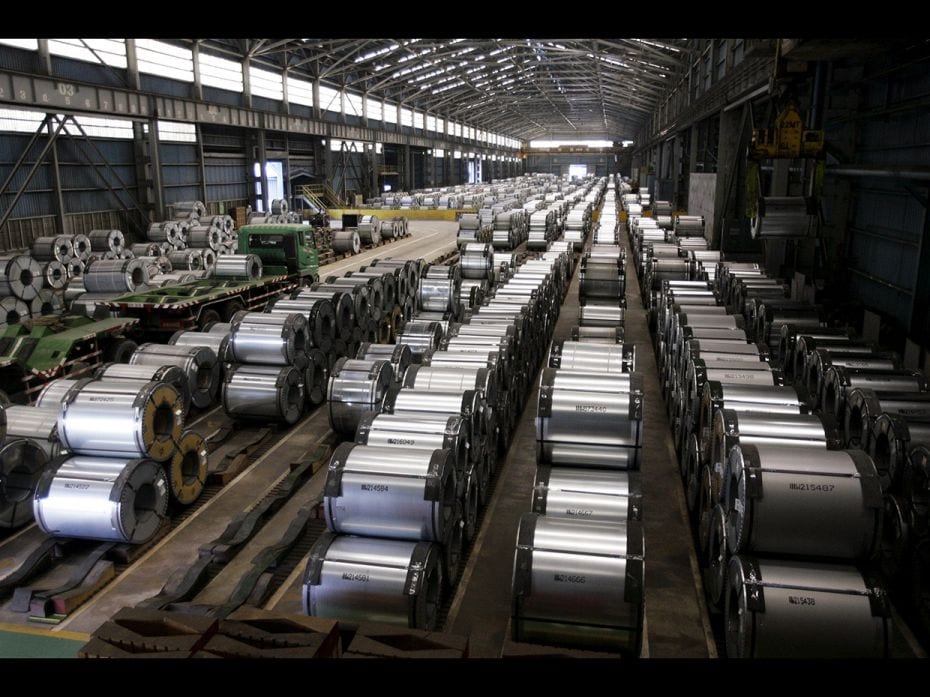
Image by : Pichi Chuang/ Reuters
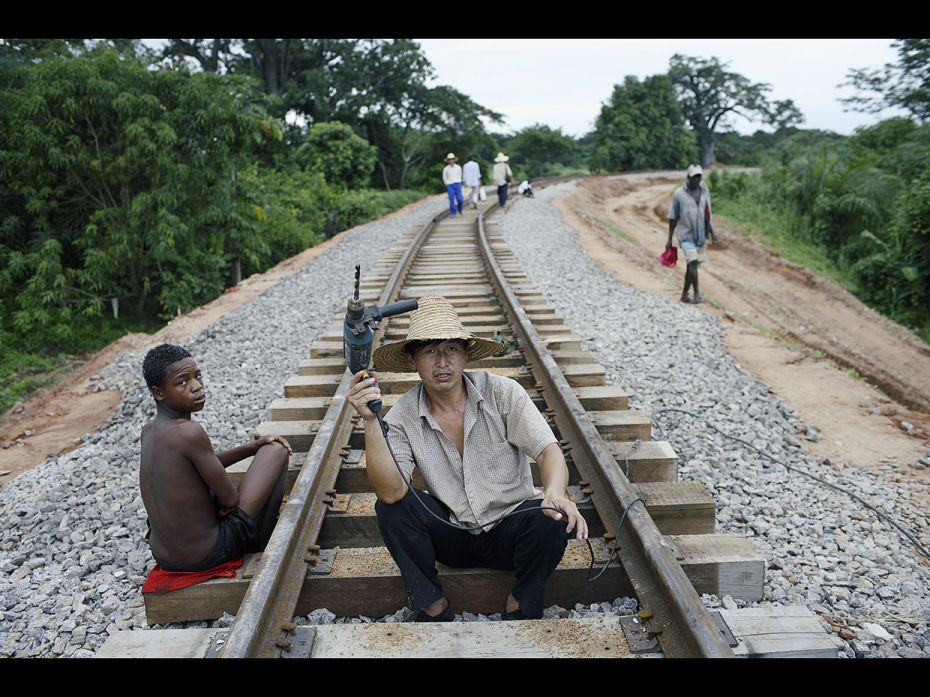
Image by : Per-Anders Pettersson/ Getty Images
As the growth in China slows to a two-decade low, infrastructure development providers like cement and steel companies find the need to look beyond the borders of the country to Central Asia, Africa, and Russia. According to an article titled-'Russia and China in the age of grand Eurasian projects'-published on the Cambridge Journal of Eurasian Studies, 'The Belt and Road initiative makes this possible, since most projects associated with the initiative will be completed with China’s own contractors, labour power, and equipment.'.
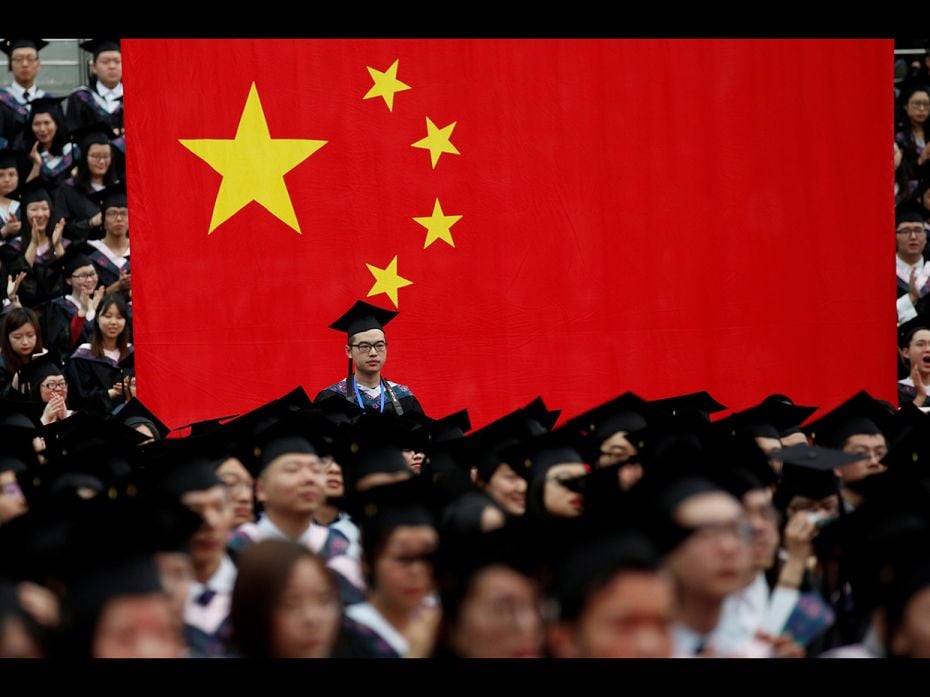
Image by : Aly Song/ Reuters
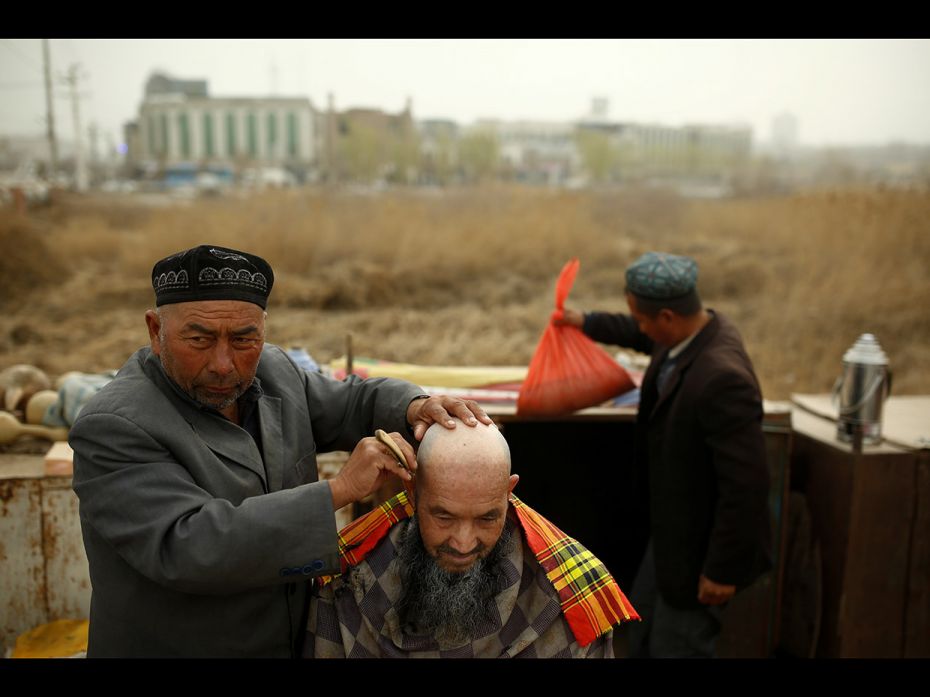
Image by : Thomas Peter/ Reuters
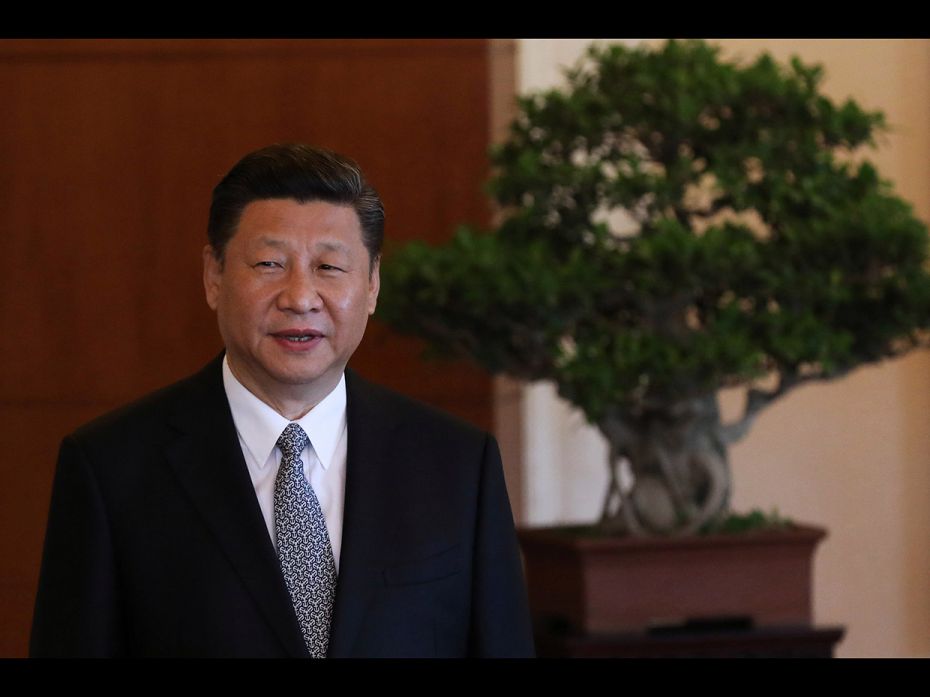
Image by : WU HONG/ Reuters
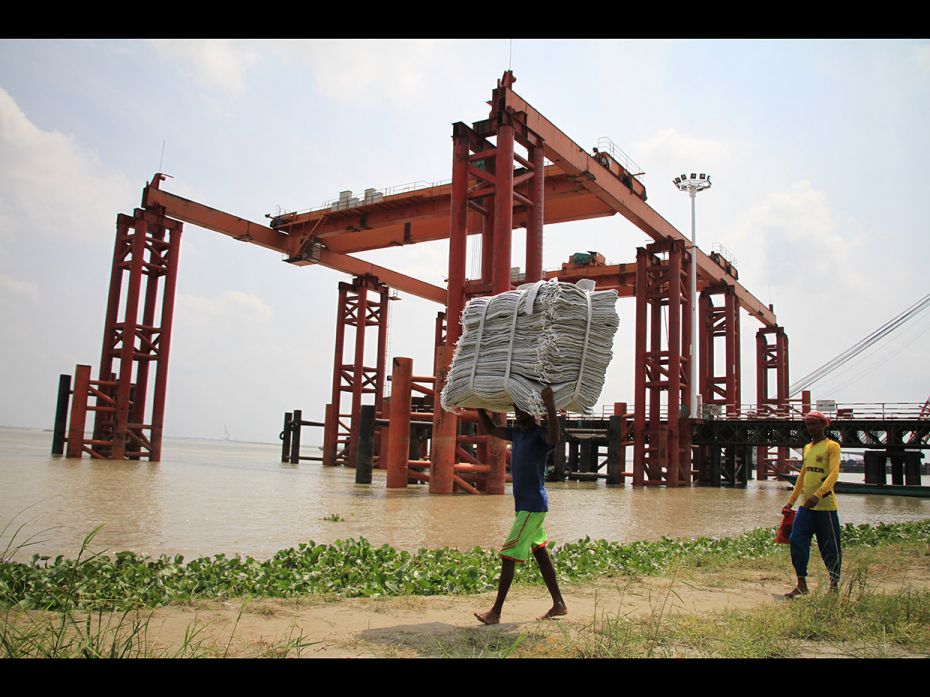
Image by : Padma Road Rail Bridge
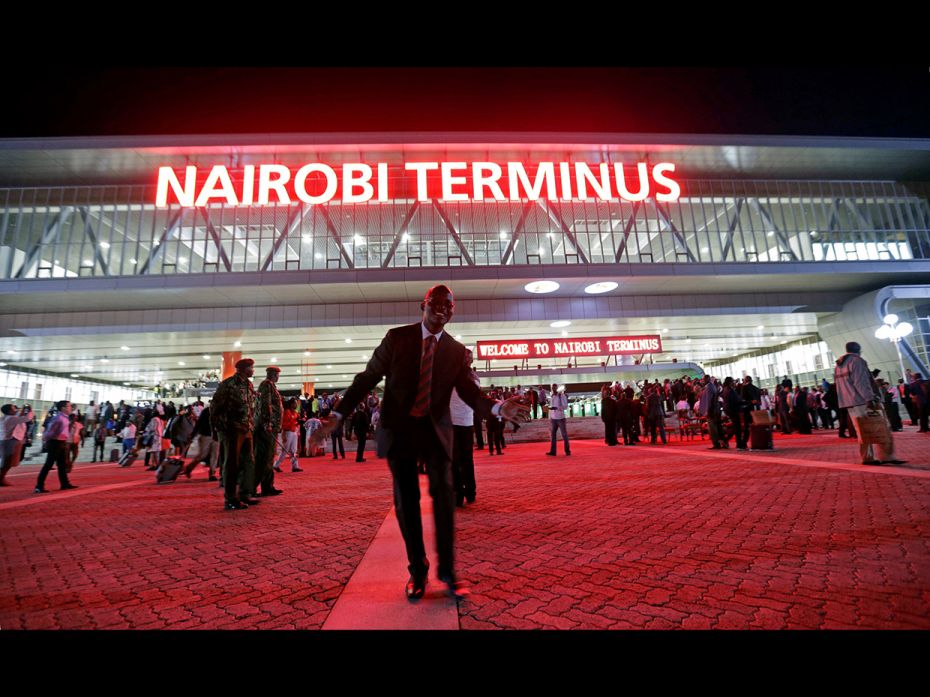
Image by : Thomas Mukoya/ Reuters
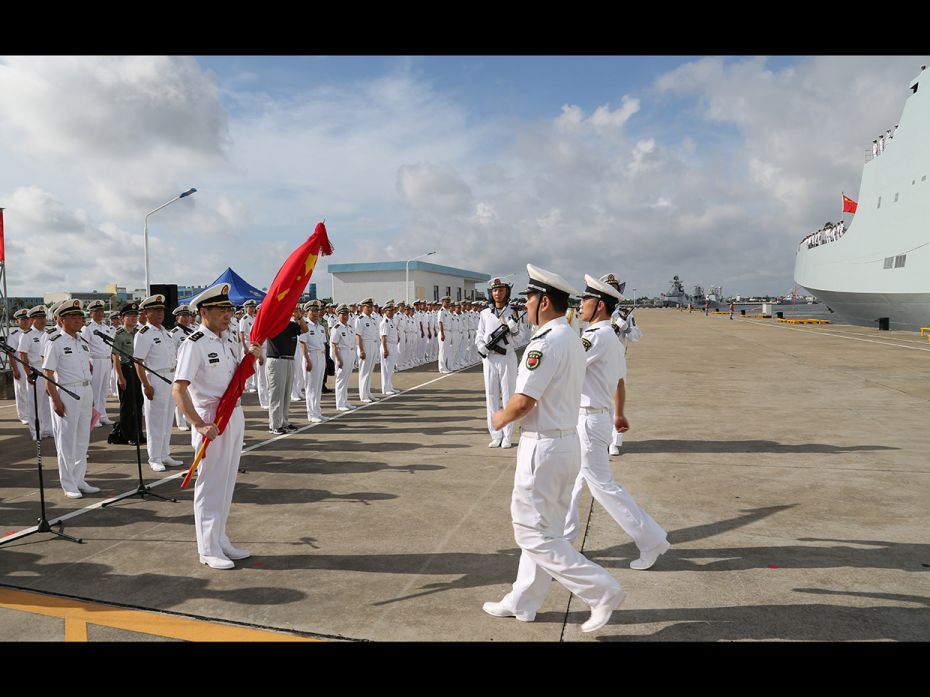
Image by : VCG/ VCG via Getty Images
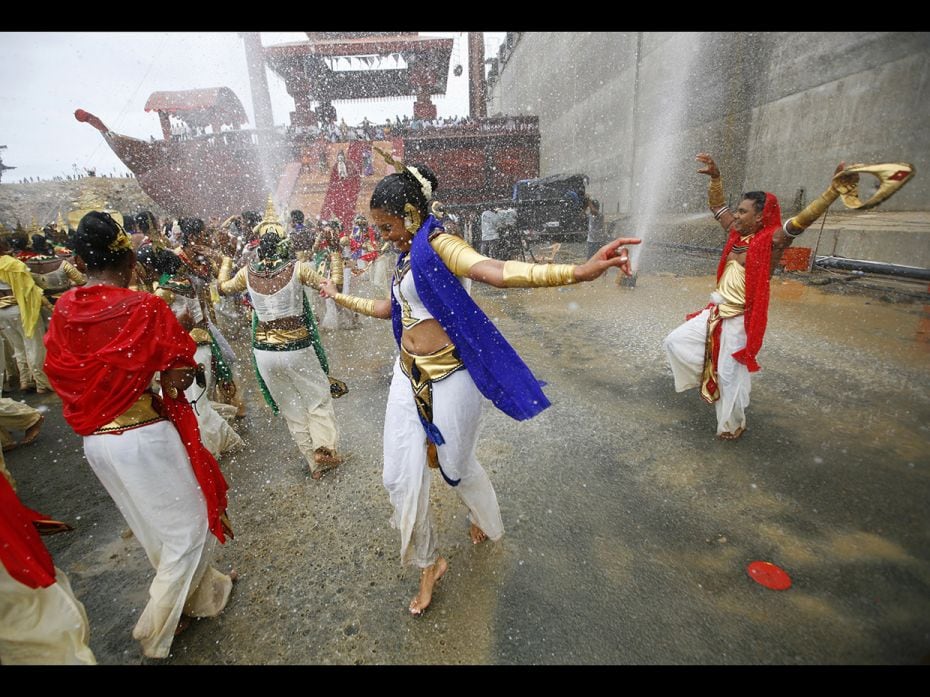
Image by : Dinuka Liyanawatte/ Reuters
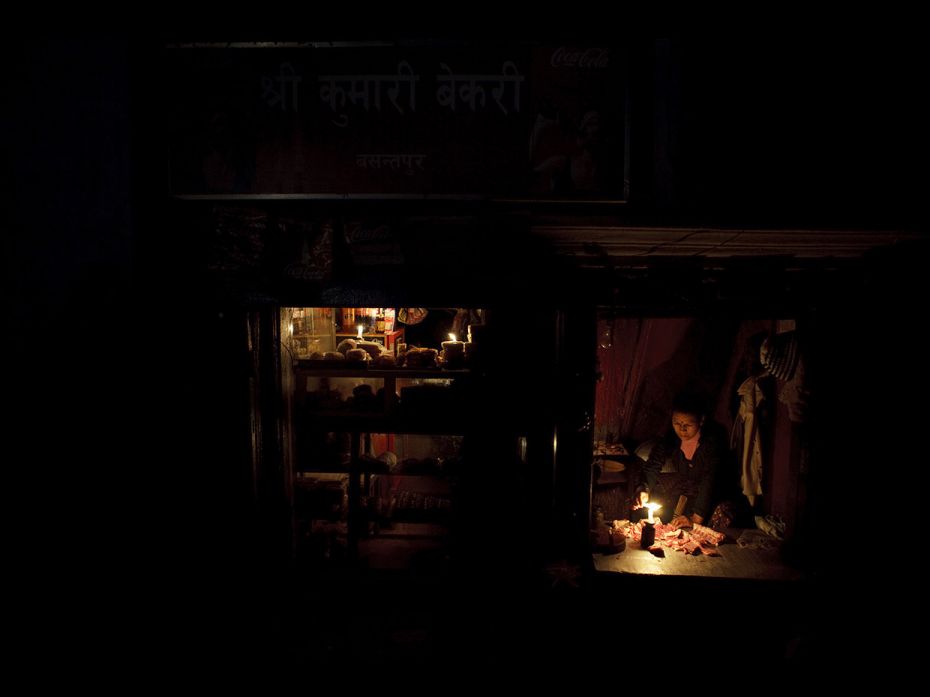
Image by : Kuni Takahashi/ Getty Images
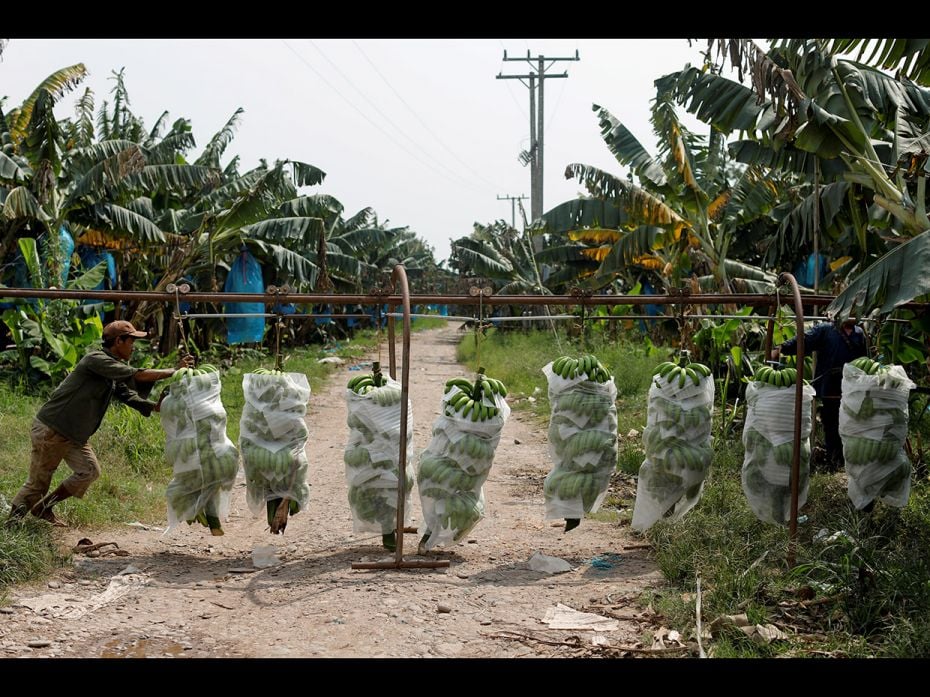
Image by : Jorge Silva/ Reuters
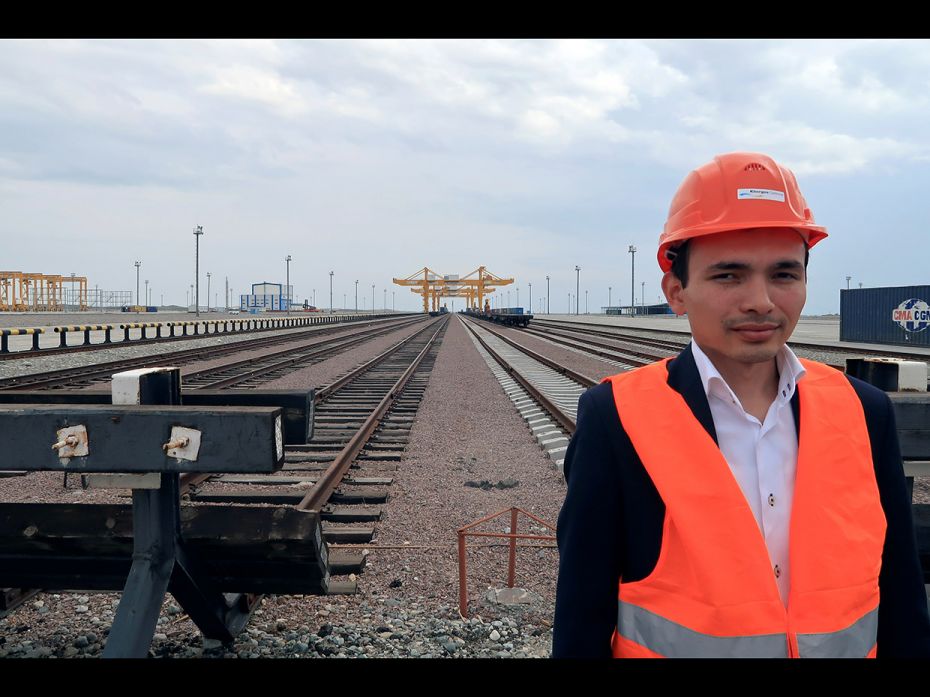
Image by : Sue-Lin Wong/ Reuters
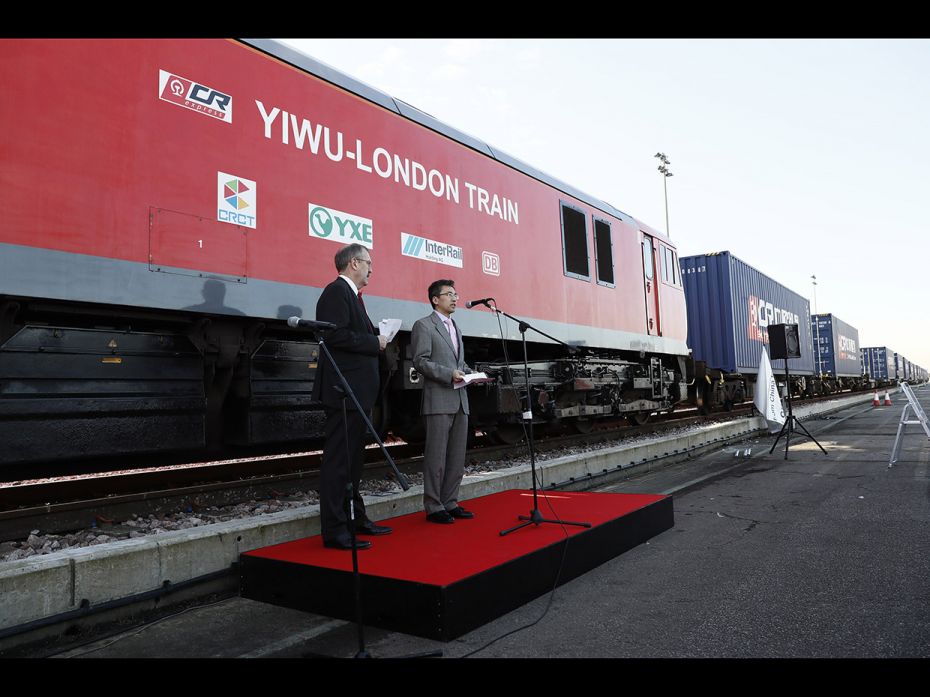
Image by : Stefan Wermuth/ Reuters
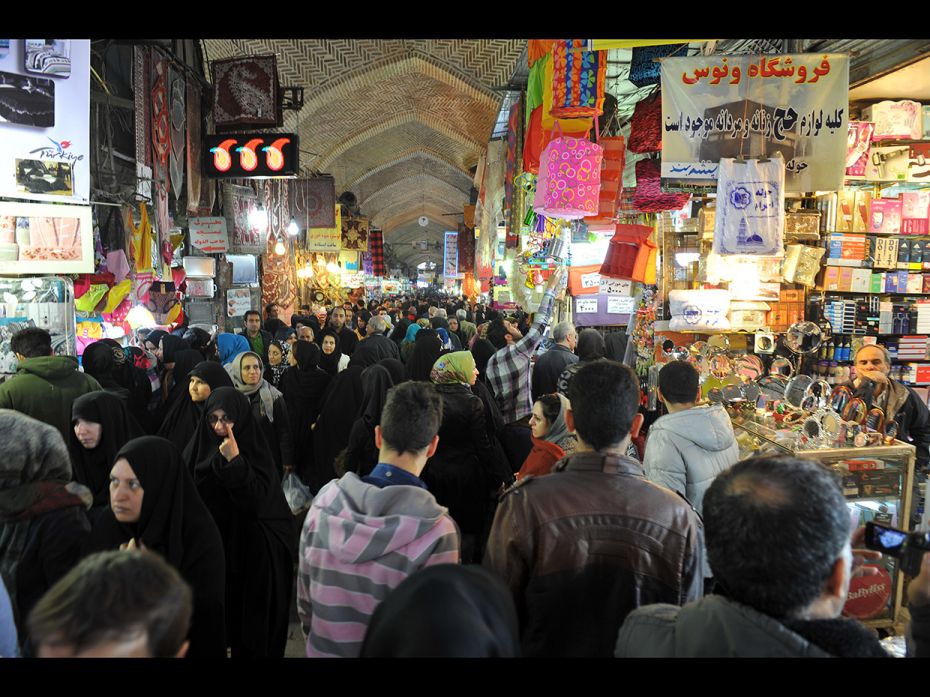
Image by : Thomas Koch/ Shutterstock
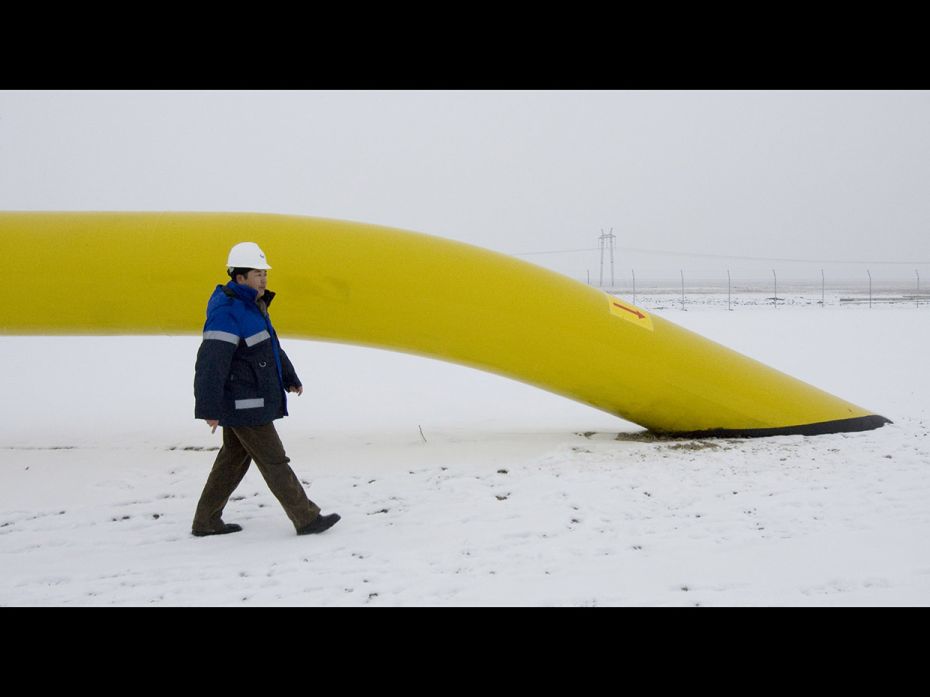
Image by : Shamil Zhumatov/ Reuters
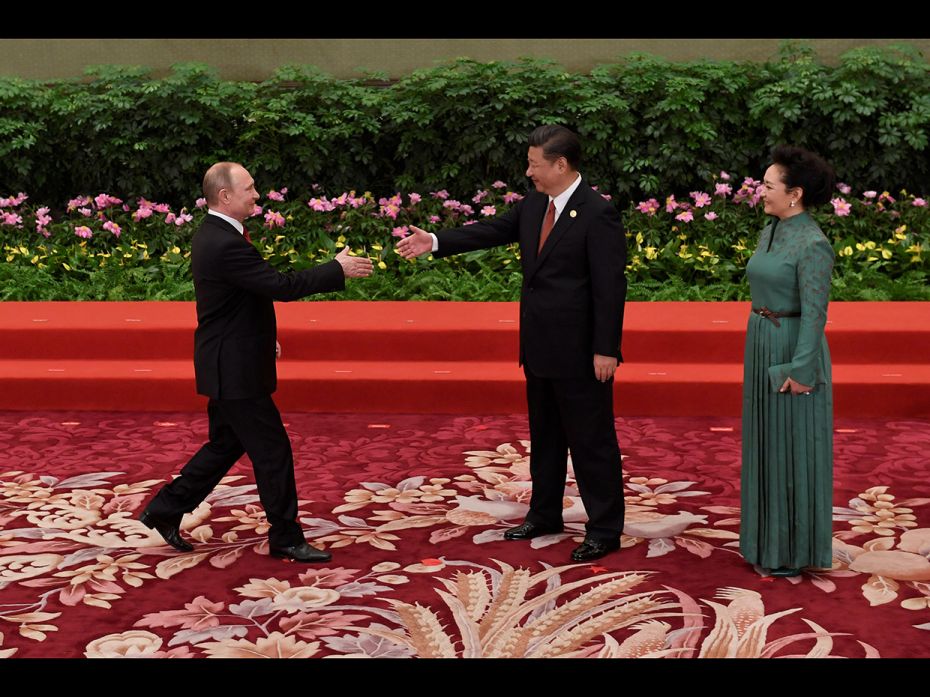
Image by : Wang Zhao/ Reuters
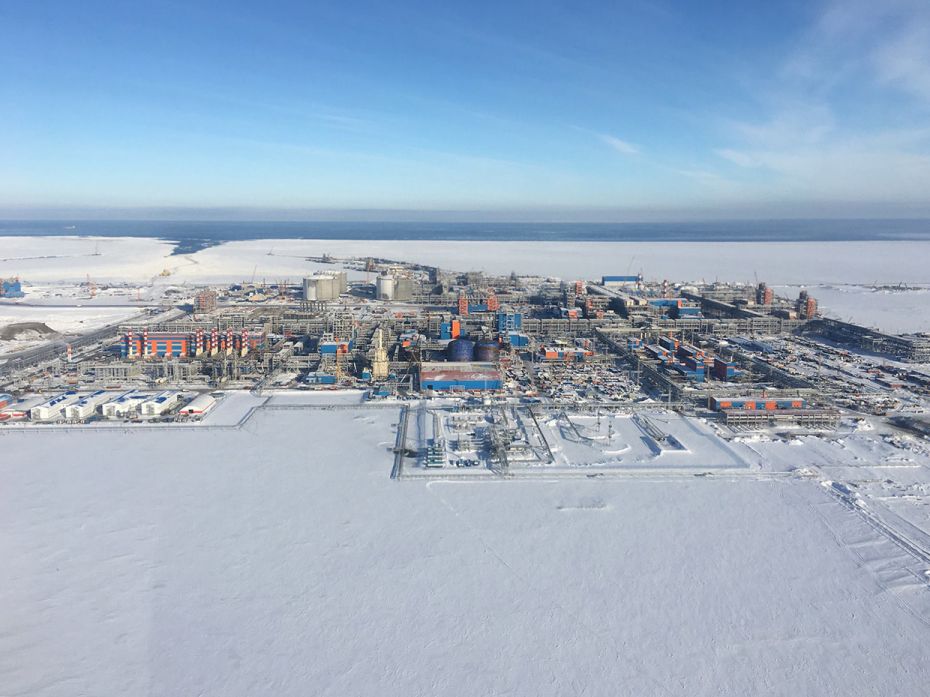
Image by : Courtesy Novatek
China has acquired stakes in key Russian industry projects like the construction of an LNG plant at Sabetta on the Yamal Peninsula in the north. The aim is to expand into the country's oil and gas sector. According to the Russian Ministry of Energy, Chinese demand for LNG will continue to gradually grow at least until 2020.
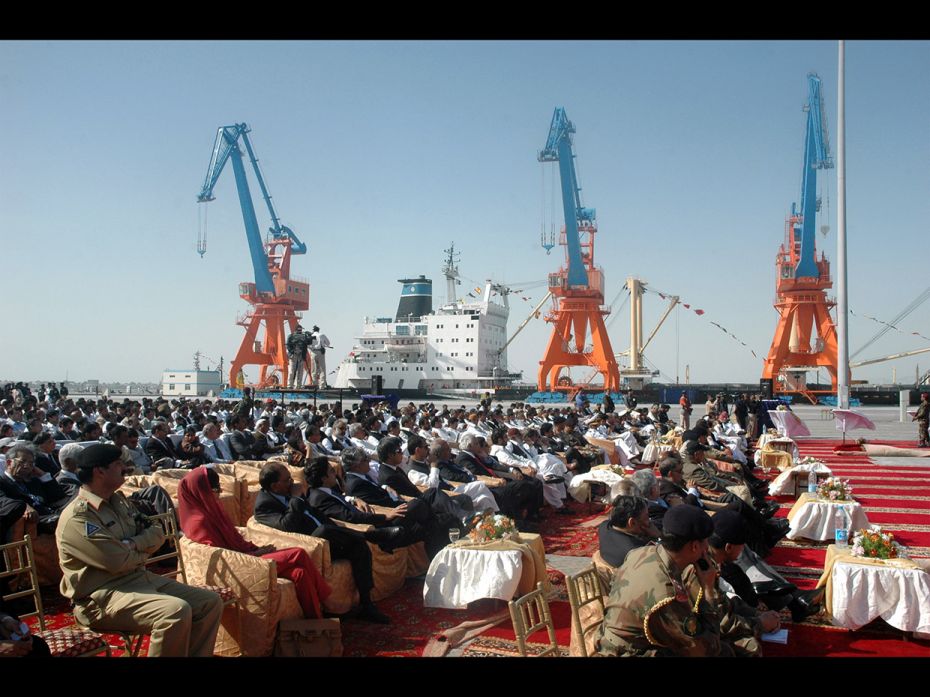
Image by : Stringer/ Reuters
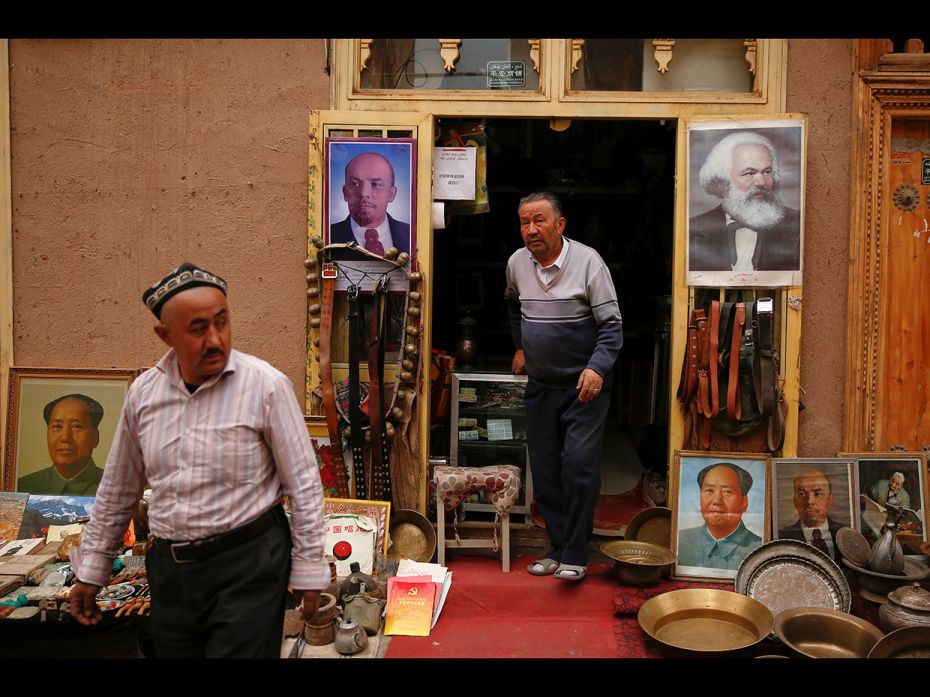
Image by : Thomas Peter/ Reuters





